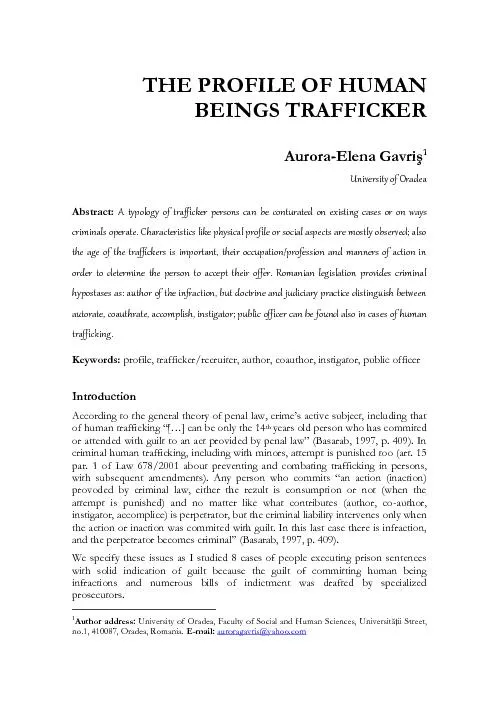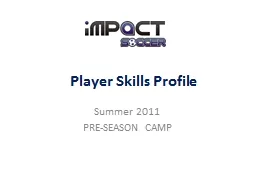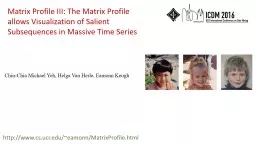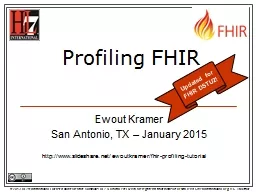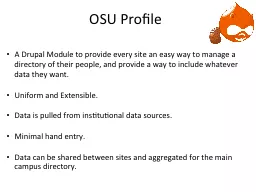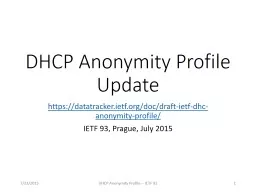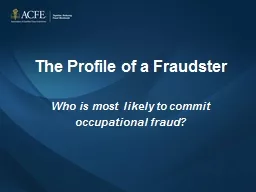PDF-THE PROFILE OF HUMAN
Author : lindy-dunigan | Published Date : 2016-08-15
BEINGS TRAFFICKER Aurora Elena Gavrix015F 1 University of Oradea Abstract A typology of trafficker persons can be conturated on existing cases or on ways criminals
Presentation Embed Code
Download Presentation
Download Presentation The PPT/PDF document "THE PROFILE OF HUMAN" is the property of its rightful owner. Permission is granted to download and print the materials on this website for personal, non-commercial use only, and to display it on your personal computer provided you do not modify the materials and that you retain all copyright notices contained in the materials. By downloading content from our website, you accept the terms of this agreement.
THE PROFILE OF HUMAN: Transcript
Download Rules Of Document
"THE PROFILE OF HUMAN"The content belongs to its owner. You may download and print it for personal use, without modification, and keep all copyright notices. By downloading, you agree to these terms.
Related Documents

